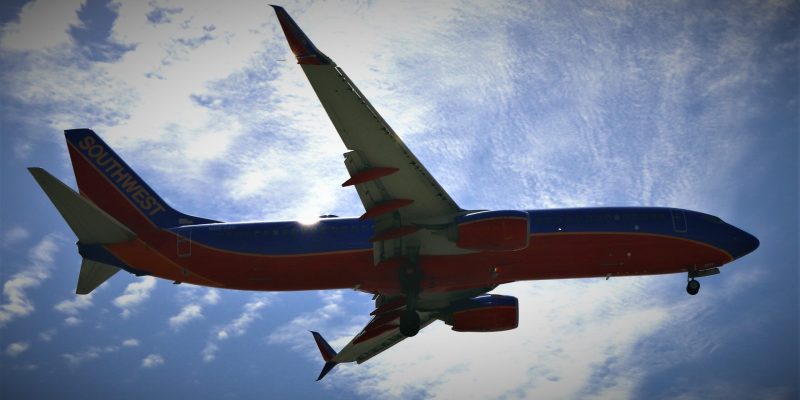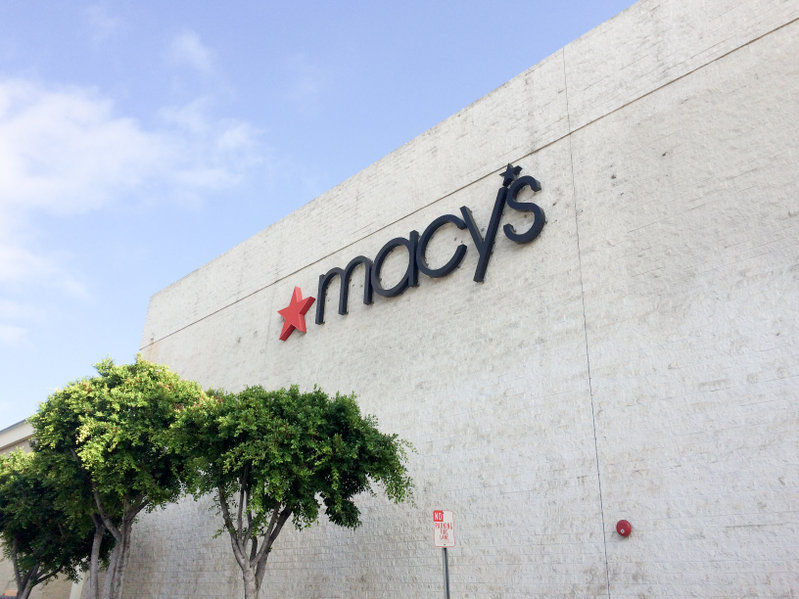
In a strategic manoeuvre to revitalize their stock performance, budget airlines are changing the way they assign seating.
This pivot comes as low-fare carriers face increasing pressure from legacy airlines that are aggressively discounting fares, combined with rising operational costs linked to significant pay raises for pilots and cabin crew.
However, even though this might be the only option at hand for the airlines to stabilise margins and increase profitability and share prices, the transition could be challenging, according to a report by Barron’s.
Premium seating options to attract a different demographic
Budget airlines are now launching what they are branding as premium options, aiming to attract a broader passenger base.
However, travellers shouldn’t expect luxury amenities like foie gras or flatbeds; as Barron’s puts it, as the “premium” experience is more of a modest upgrade.
For instance, Southwest Airlines has announced plans to introduce rows with extra legroom for the first time in its history, marking a significant departure from its long-standing open seating policy.
The airline emphasized this shift during its investor day last month, committing to a new approach after more than fifty years of traditional seating arrangements.
Southwest isn’t alone in this endeavor. Airlines like Frontier Group and Spirit Airlines are also exploring options that allow customers to pay for additional space and amenities.
Stock turbulence amid shifting strategies
The urgency for budget airlines to revamp their seating arrangements is magnified by stock struggles.
Shareholders are looking for results from these changes.
Southwest has recently reported minimal profits, and its stock is rated as Hold by most analysts following a tough confrontation with activist hedge fund Elliott Investment Management.
The airline is attempting to bolster its profitability, cutting unprofitable routes and freezing hiring to streamline operations.
Frontier had a shaky start to the year, but its stock has surged by 79% over the past three months due to strong financial guidance.
However, like Southwest, most analysts currently rate Frontier as a Hold, suggesting caution among investors.
In stark contrast, Spirit Airlines faces a dire situation with an 85% drop in its stock this year.
Eight of the eleven analysts who cover it recommend a Sell rating. The airline is reportedly exploring bankruptcy options, even as it extends debt-refinancing deadlines.
Spirit’s CEO Ted Christie has expressed optimism about the company’s prospects, stating, “We’re engaged in productive conversations with the advisors of our bondholders to address the upcoming debt maturities.”
Critics may find the concept of “premium” underwhelming
This year, airlines are embracing a trend known as segmentation, designed to fill excess seat capacity without sacrificing profits.
For established carriers such as Delta Air Lines and United Airlines, this approach involves offering low base fares while providing a variety of a la carte options, including seat selection and additional legroom.
Budget airlines like Southwest, Frontier, and Spirit are now following suit, hoping to increase revenue per passenger without straying too far from their budget-friendly roots.
“The airlines have had to be more creative about how they segment their customers and the more things they have on the menu, the more different ways they can make money,” said Morningstar analyst Nicolas Owens in the news report.
This new approach seeks to appeal to a wider array of fliers, even if the upgrades are less luxurious than those offered by traditional airlines.
Critics may find the concept of “premium” underwhelming. Southwest’s enhancements feel basic, as the airline retrofits its existing fleet to include more legroom and assigned seating.
Market research indicated a strong desire among customers for upgrade options, leading the airline to implement these changes.
Frontier’s UpFront Plus plan, on the other hand, is more robust. It features new ticket tiers that allow passengers who pay more to check in two 50-pound bags, avoid fees for cancellations or last-minute changes, and secure an empty seat beside them.
Pricing varies depending on the route; for example, Frontier’s “business bundle” is priced at $69 for flights from Cincinnati to Orlando and $99 from Los Angeles to Denver.
“We’ve identified a shift in customer expectations—so many of them are willing to pay for a bit more comfort and convenience,” said Bobby Schroeter, Frontier’s chief commercial officer.
“It really aligns with a broader trend in the industry too. Travellers just want a bit more flexibility.”
The challenge of attracting higher-end travellers
Despite these efforts, analysts believe the airlines’ premium pivot may encounter significant obstacles.
Citi analyst Stephen Trent highlighted the difficulty in attracting new passengers who are willing to pay more for what he describes as “business-lite” offerings on a budget airline.
“Who’s going to be flying this—where is the incremental passenger going to come from?” he asked.
“Maybe there are regular fliers who want a premium seating option—but is anyone going to trade down from an American Airlines business class seat? I really doubt it.”
Executives at Southwest, Frontier, and Spirit remain optimistic, relying on market research to justify their new seating strategies.
If their assumptions prove correct and they can attract higher-end travelers, the airlines could see a substantial earnings boost that might elevate their stock values.
Conversely, if they misjudge the market, they risk alienating their core customers and jeopardizing their established business models.
The post Southwest, other airlines gear up for premium, but will it be enough to lift stocks? appeared first on Invezz











